































Deland Sports Aviation Showcase 14 to 16 Nov 2019

The DeLand Showcase held at the DeLand Municipal Airport (KDED) in the town of DeLand is an annual, three-day event focused entirely on recreational flying and sport aviation. DeLand Municipal Airport, Florida's premier recreational airport, is located 40 miles north of Orlando and 15 miles west of Daytona Beach and the campus of Embry-Riddle Aeronautical University.
This ideal location, combined with the area's rich aviation history, has supported many aviation entrepreneurs over the years, keeping DeLand Municipal Airport at the forefront of general aviation technologies. Its location offers convenient transportation by land, sea, or air and the weather in early November is perfect for a fun Florida weekend.
The Showcase welcomes all aviation enthusiasts, of all ages, especially those just becoming interested in the fun side of flying. Visitor were able to enjoy demo flights, interactive workshops, educational forums, keynote speakers, food concessions, live music, underwing camping, pre-owned aircraft sales and more.
More than one hundred exhibitors, including two that market South African products, this year promoted their products and services. Featuring all kinds of sport aircraft, ultralights, trikes, rotorcraft, powered parachutes and paragliders, engines, avionics, pilot gear and flight schools, DeLand is one of only half a handful of general aviation exhibitions worldwide.
Exhibitors at this year's Showcase did brisk business. In alphabetical order some of the major manufacturers of LSA aircraft that were present at Deland were:
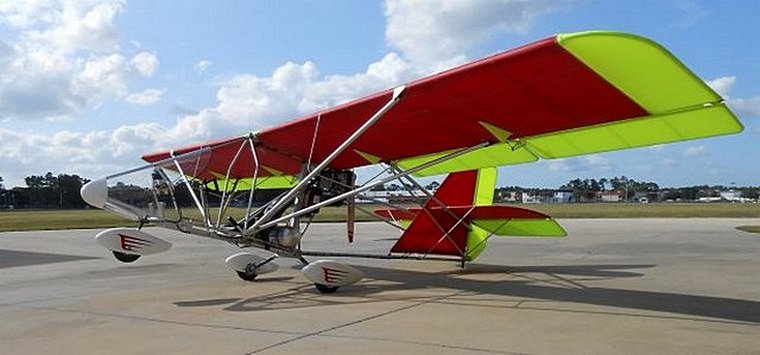
The Aerolite 103 is a professionally built, ready-to-fly, legal Part 103 single-seat ultralight type aircraft. The Aerolite 103 was designed by long-time aviation enthusiast Terry Raber in 1996. The first prototype Aerolite 103 flew on 6 October 1996.
Between 1997 and 2012, Terry produced hundreds of Aerolite 103's. The aircraft has always been extremely popular and highly regarded by both experienced and newer pilots alike.
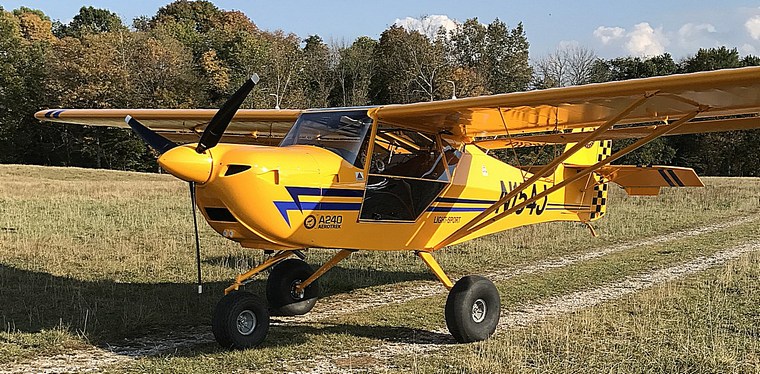
The Aerotrekô A220 and A240 are factory-built two-seat aircraft manufactured by Aeropro CZ in Europe. Aeropro has been producing aircraft since 1990 with now over 500 aircraft now flying around the world. The Aerotrek A220-A240 are modern designs with excellent performance and features -- built with the finest workmanship and materials resulting in a completed aircraft of the highest quality.
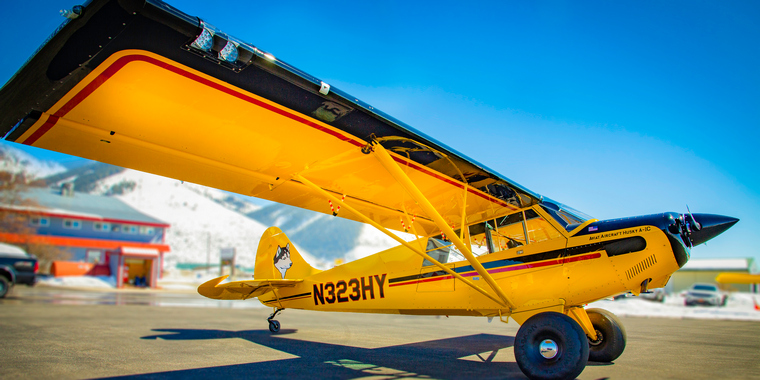
Design work by Christen Industries began in 1985. The prototype first flew in 1986, and certification was awarded the following year. With more than 650 aircraft sold between its introduction and 2008, the Husky was one of the best-selling light aircraft designs of the period.
The Husky has been used for observation duties, fisheries patrol, pipeline inspection, glider towing, border patrol and other utility missions. Notable users include the US Department of the Interior and Agriculture and the Kenya Wildlife Service, which flies seven on aerial patrols of elephant herds as part of the fight against illegal ivory poach.
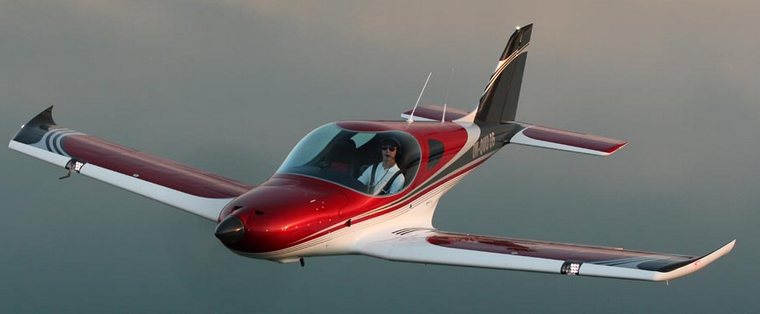
The BRM Aero Bristell NG was introduced at the AERO Friedrichshafen 2011 show, where the retractable gear version was shown. The aircraft was designed to comply with both European microlight rules and also the US light-sport aircraft regulations, by using different versions for each regulatory environment.
The standard engine is a 60 kW (80 hp) Rotax 912UL, with the 75 kW (101 hp) Rotax 912ULS, the 71 kW (95 hp) ULPower UL260i/iS and the 88 kW (118 hp) ULPower UL350iS powerplants optional. The 115 hp (86 kW) Rotax 914, 85 hp (63 kW) Jabiru 2200 and 120 hp (89 kW) Jabiru 3300 are also available.
The aircraft is supplied as a complete ready-to-fly aircraft.
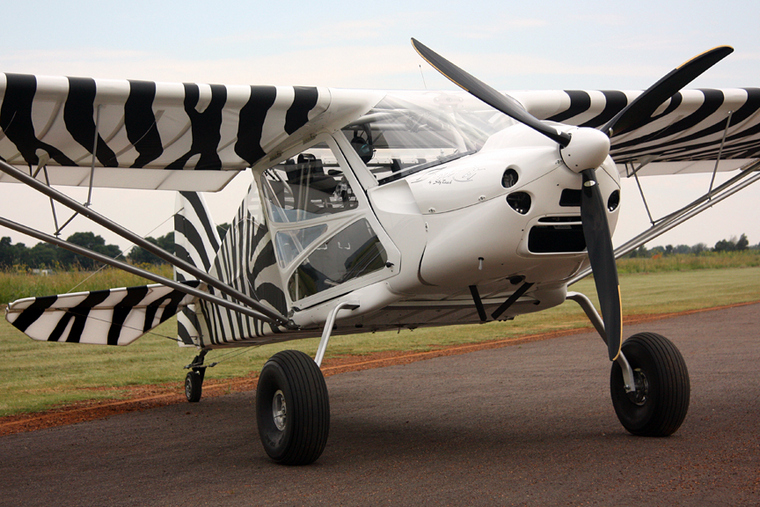
One of the two South African products at Deland was the Rainbow SkyReach BushCat. Manufactured at Springs Airfield, the BushCat is supplied as a kit for amateur construction or as a complete ready-to-fly-aircraft.
The BushCat is a two-place, side-by-side configuration, strut-braced, high-wing monoplane. It features dual throttles, a single center-mounted control stick and flaps controlled by a ceiling-mounted bar. Landing gear options are tricycle gear, conventional landing gear and floats.
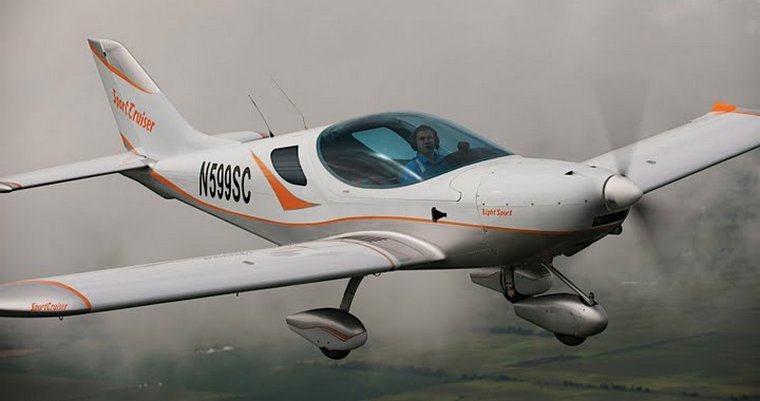
The LSA category Sportcruiser all-metal low-wing mono-plane one of the most popular light sport airplanes in the world, is simply loaded with features. A full glass cockpit, along with a dual axis autopilot, and the safety of a BRS aircraft parachute system and much more, are offered as standard features.
The SportCruiser is by far the most spacious in its class, which provides utmost level of comfort and a highly ergonomic arrangement to the flying crew. Power is by the proven Rotax 912 ULS2 100 Hp engine giving the Cruiser a range of 516 NM (953 km) with 30 min. reserve.
The SportCruiser has been approved for operation in the USA in the LSA category according to the FAA Accepted ASTM Consensus Standards and can be operated in other countries recognizing this regulation, e.g. South Africa, Australia, Israel and UAE countries.
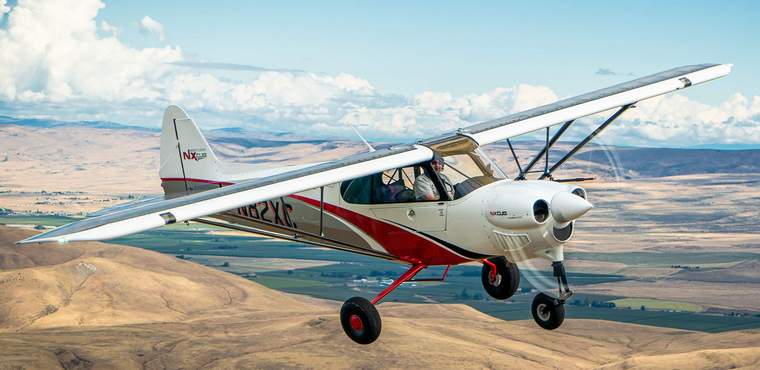
For 35 years, CubCrafters has been in the business of advancing the classic Piper Super Cub, legendary for its bush flying and off airport performance.
Pilots are rewarded with not only STOL performance, but also remarkable flight characteristics, uncommon comfort & ergonomics, unmatched range and class-defining utility.
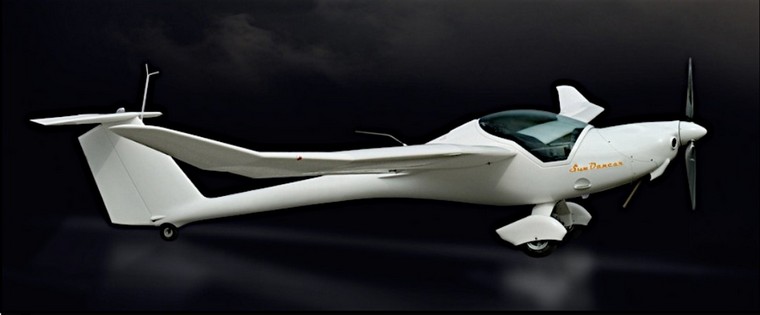
State of the art design and construction techniques combined with space-age composite materials allows Distar Air to produce one of the most advanced composite aircraft on the market today.
?
With a 800nm range on 26 gallons of fuel, you can fly off on a great adventure. And flown as a glider with a glider rating and a self-launch endorsement, no medical is required. Insurance and financing are available.
Sundancer is available in both tricycle and tailwheel versions.
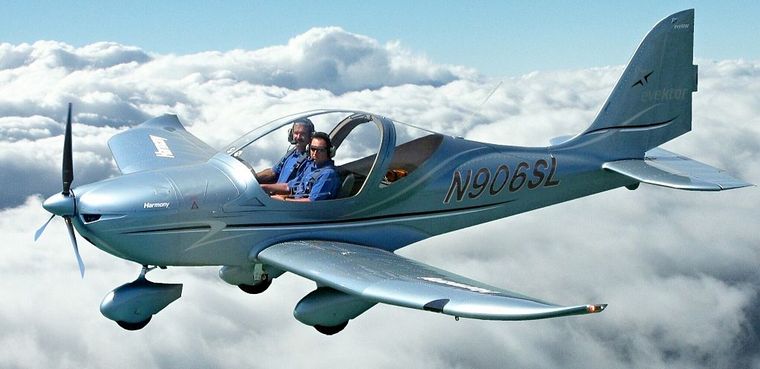
Evektor-Aerotechnik dates back to 1970 when Aerotechnik was established as a producer of small general aviation airplanes. Its first aircraft were gyrocopters and motor gliders. The company produces a range of light sport aircraft, training, advanced ultralight aircraft and electric aircraft.
Design is based on the EASA JAR-VLA certified aircraft and reflects the latest development in design, safety and cockpit comfort found in modern light sport aircraft, the SportStar has a modern durable airframe, excellent flight characteristics, easy maintenance and low operating costs. During operation owners especially appreciate the reliable Rotax engine, which has low fuel consumption and saves costs through automotive fuel usage.

The name Evolution Trikes comes from the long evolution of aircraft that preceded the Revo. Each trike before it was evolving into what is now called the Revo, which is short for Revolutionary.
The Revo, made from welded steel tubing, features a strut-braced hang glider-style high-wing, weight-shift controls, a two-seat -in-tandem open cockpit with a cockpit fairing, tricycle landing gear with wheel pants and a single engine in pusher configuration. Its North Wing Reflex double surface wing covered in Dacron sailcloth has no kingpost and uses an "A" frame weight-shift control bar. The powerplant is a four-cylinder, air and liquid-cooled, four-stroke, dual-ignition 100 hp (75 kW) Rotax 912ULS engine or 80 hp (60 kW) Rotax 912UL.
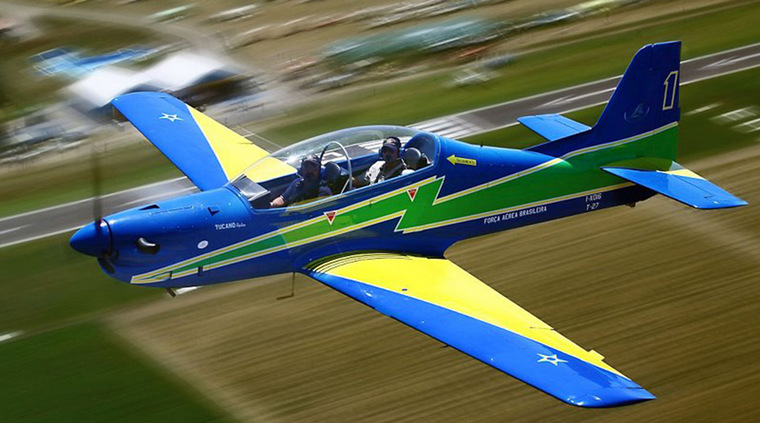
The Flying Legend Tucano Replica is scale replica of the 1980s vintage Embraer EMB 312 Tucano turboprop trainer and features a cantilever low-wing, a two-seats-in-tandem enclosed cockpit under a bubble canopy, retractable tricycle landing gear and a single engine in tractor configuration.
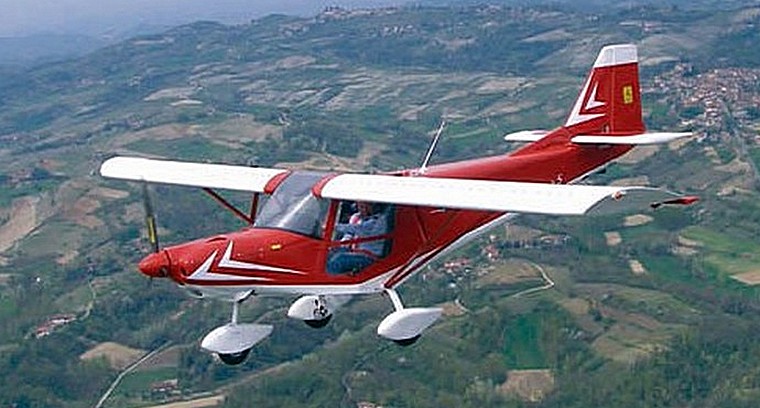
The ICP Savannah is a high wing, single engine, ultralight with side-by-side seating for two produced in Italy by ICP srl. It has sold in large numbers, particularly in Europe. The Savannah is sold in both kit and ready to fly form.
It has much in common with the Zenith CH 701, though the Savannah has a different empennage; later versions have further diverged from the Zenith, particularly in the wing design. Manufacture (both ready to fly and kits) is done in the ICP premises located in Castelnuovo Don Bosco (Piedmont, Italy), where the firm moved on September 10, 2009 from the original plant in Piovŗ Massaia.
Structurally, the Savannah is a metal semi-monocoque. Most variants have a constant chord wing. Savannahs have been powered with a variety of small engines in the 35-70 kW range. The cabin seats two side by side under the wing, the newer XL version having increased width and enhanced glazing. Aft, the fuselage is flat sided, with the underside rising towards the tail. The rectangular tail plane and elevators use a conventional airfoil.
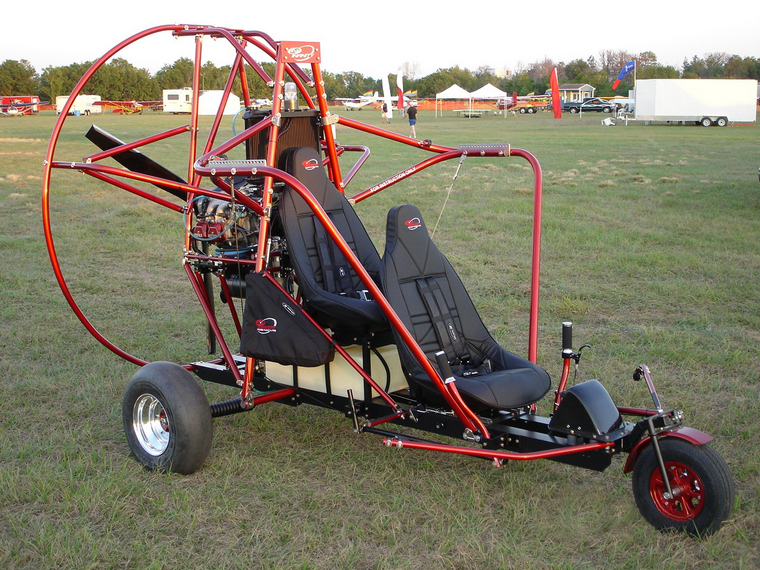
From its early beginning in 2001, Infinity Power Parachutes has been a machine for the ages. Today, Infinity has expanded its designs to offering single and 2-seat options, as well as an array of other options such as engine, frame, and accessory choices.
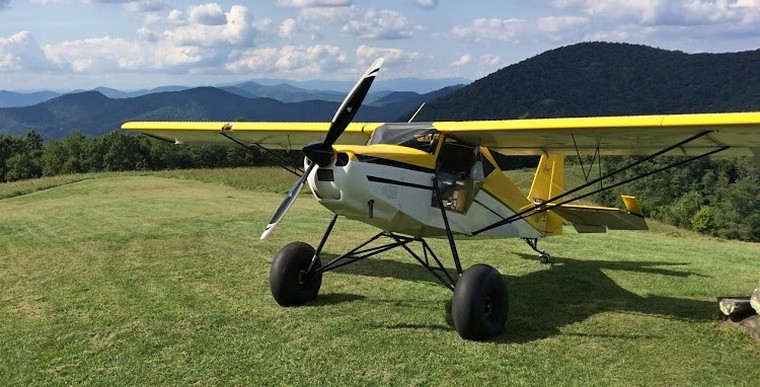
Just Aircraft LLC is an American aircraft manufacturer based in Walhalla, South Carolina and founded by Troy Woodland in 2002. The company specializes in the design and manufacture of STOL light aircraft in the form of kits for amateur construction and complete ready-to-fly light-sport aircraft.

Magni Gyroplanes, experimental in the US, are imported from Italy and 51% owner built. Magni claims that their product is the most durable, economical, and forgiving to fly of all modern gyroplanes.
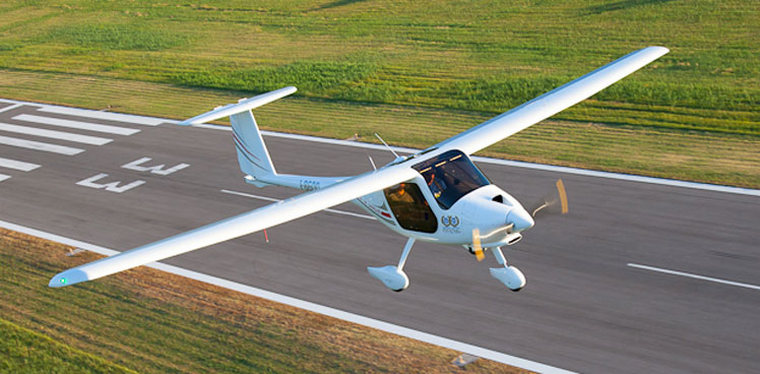
Initially Pipistrel produced only powered hang gliders, designed by Ivo Boscarol, who produced experimental ultralight trikes with a group of his friends as a private enterprise starting in the mid-1980s. In 1992 the company was officially registered as Pipistrel.
On 12 October 2015 Pipistrel won an international tender issued by the Indian Ministry of Defence, to supply 194 Pipistrel Virus SW 80 trainers to the Indian Air Force, Indian Navy and National Cadet Corps. By June 2016, Pipistrel had produced 800 examples from the Sinus and Virus series. By May 2018 this number had increased to more than 900.
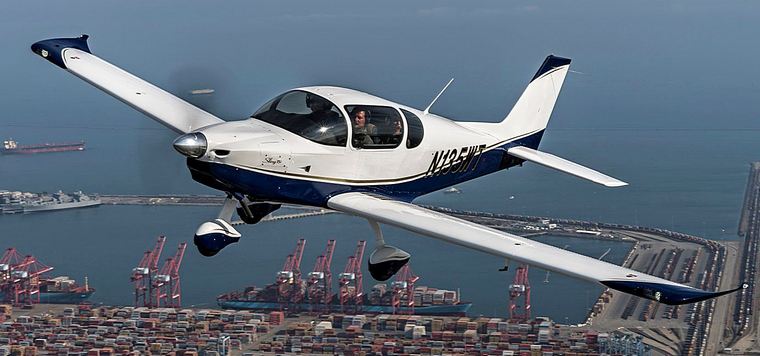
The Sling 4 Turbo was designed with the aim of creating the most practical and desirable lightweight, 4-place Experimental aircraft on the market, a niche not previously filled.
The Tsi's flying characteristics are very similar to the smaller Sling LSA, perfectly-coordinated with highly responsive controls that are not too sensitive. The Sling 4 Turbo is the perfect aircraft for the home builder who is looking for an affordable DIY 4-place airplane. Aluminum construction is used for ease of maintenance and construction as well as its proven strength and lifetime qualities. The Sling 4 Turbo comes with a variety of customization options that the builder can explore as well as the option for a Ballistic Parachute for safety purposes. No single aircraft can fulfill the special needs of every pilot. Nevertheless, The Airplane Factory believes that the Sling 4 Turbo enjoys a set of qualities that will fulfill the needs, at the highest level, of many pilots around the globe.
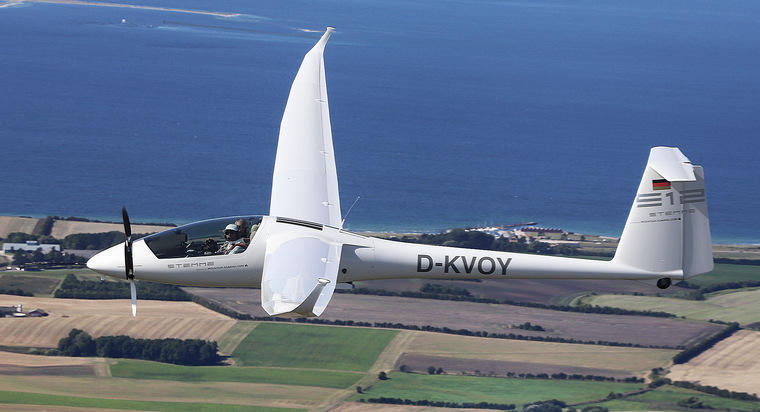
The Stemme S10 is a self-launching sailplane produced by Stemme AG in Strausberg (Germany) since the 1980s. The engine is mounted amidships and it features an unusual folding propeller which is stowed inside the aircraft's nose-cone when the engine is not in use.
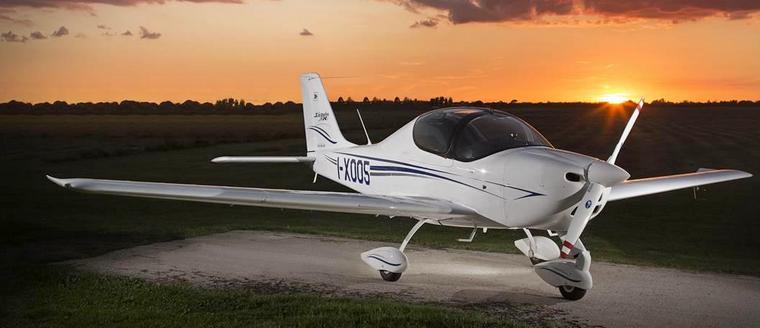
Costruzioni Aeronautiche Tecnam is an Italian aeronautics manufacturer and was founded in 1986. The P represents Italian brothers Luigi Pascale and Giovanni Pascale, veteran aircraft designers and manufacturers who founded the company. Prior to that, they had been responsible for several other aviation-related activities, including design and construction of the twin-engine Partenavia P.68.
Costruzioni Aeronautiche Tecnam operates two production facilities in Italy. The Casoria facility is located adjacent to Naples Capodichino Airport. The Capua facility is located adjacent to the Oreste Salomone Airport. In 2015 a sales and delivery facility were established in Sebring, Florida, United States to support North American operators. As of 2018 a sales facility exists in Australia.
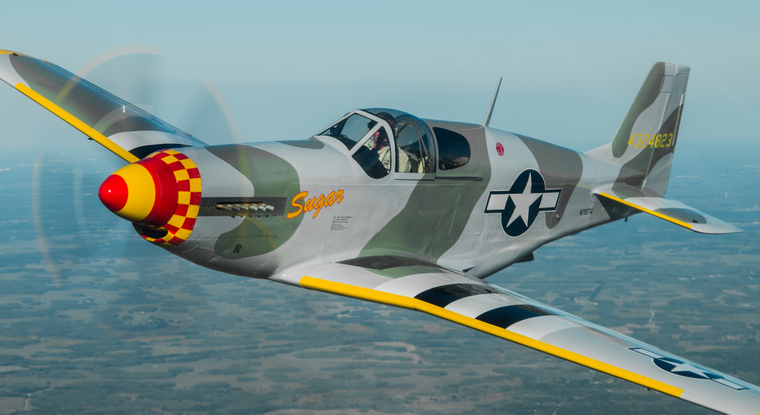
Titan Aircraft's P-51B replica incorporates material and systems not commonly found in comparably priced aircraft. This, combined with Titan Aircraft's renowned reputation for high quality products, superior aircraft performance, and outstanding customer support, is sure to provide the kit builder and pilot a very pleasurable experience.
Titan Aircraft is providing an aircraft that combines friendly low speed handling characteristics with agility and high performance. The T-51B is rated at a +6g / -4g load limit capability at a weight of 1,650 lbs. When equipped with the Honda 3.5L V6 engine and the landing gear retracted, a T-51B cruises around 180 mph and has a climb rate of approximately 2,500 f/m. In landing configuration, the stall speed is in the 50 mph range.
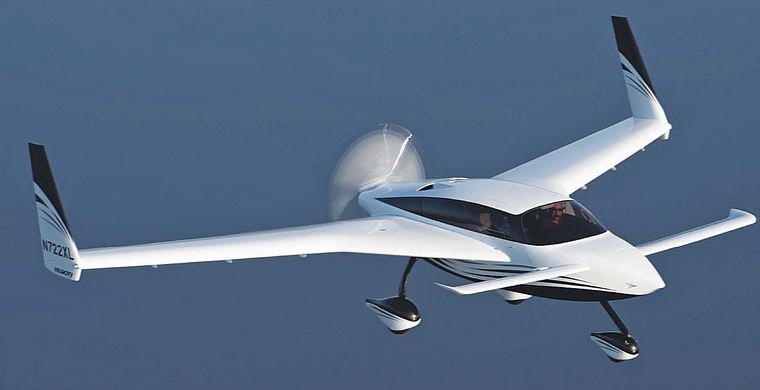
Danny Maher designed and built the first Velocity in 1985. First Flight was in October 1985. The plane was debuted at Sun-N-Fun in 1986. Danny's intention was to design a plane that was much like the Long-EZ with a larger, more comfortable interior.
In 1986, Scott and Duane Swing purchased a Velocity kit. They developed a retractable gear option for it and begin selling it as an add-on. When the Swings purchase Velocity from Danny in 1992, their retractable gear become a factory option to the kit.
In March 1997, Velocity introduced the XL model, which features a larger cabin and space for a larger engine.
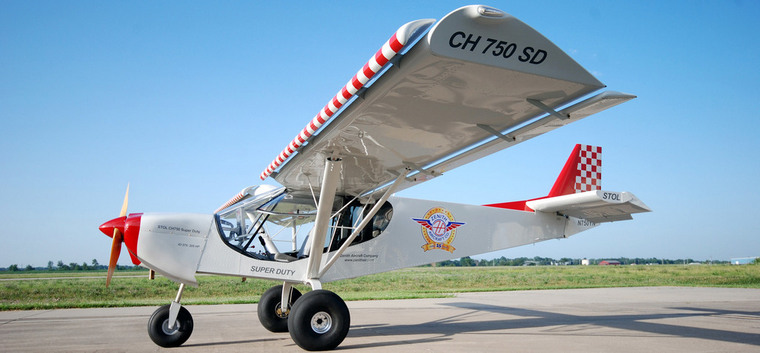
For a quarter century Zenith Aircraft Company has been manufacturing and marketing aircraft kits from its modern production facilities at the Mexico Memorial Airport in Missouri. With customers across the U.S. and around the world, Zenith Aircraft Company is a leading manufacturer of aircraft kits, with a proven commitment to builders and owners.
Zenith Aircraft Company acquired the exclusive rights to manufacture and market Zenair kit aircraft designs from designer Chris Heintz. The company is a proud member and supporter of the Experimental Aircraft Assoc. (EAA), the Aircraft Kit Industry Association (AKIA), and numerous other organisations dedicated to the advancement of sport aviation. Zenith Aircraft Company is continuously involved in projects devoted to aviation education and the advancement of sport aviation around the world.
 |
 |
 Copyright © 2024 Pilot's Post PTY Ltd
The information, views and opinions by the authors contributing to Pilotís Post are not necessarily those of the editor or other writers at Pilotís Post.
Copyright © 2024 Pilot's Post PTY Ltd
The information, views and opinions by the authors contributing to Pilotís Post are not necessarily those of the editor or other writers at Pilotís Post.